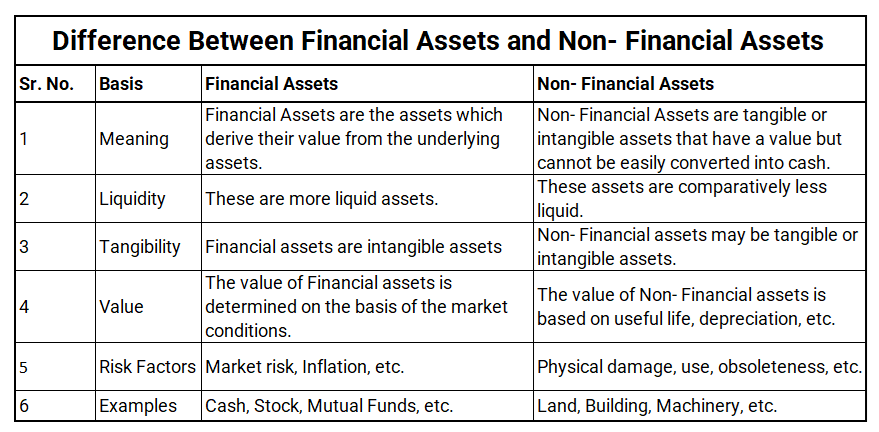Introduction Minority interest refers to the interest of the outsiders in the subsidiary or subsidiaries of a holding company. In the presentation of the consolidated balance sheet of a parent company and its subsidiaries, Minority Interest is shown just below Shareholders’ Funds. Explanation To undRead more
Introduction
Minority interest refers to the interest of the outsiders in the subsidiary or subsidiaries of a holding company. In the presentation of the consolidated balance sheet of a parent company and its subsidiaries, Minority Interest is shown just below Shareholders’ Funds.
Explanation
To understand the concept of minority interest, we need to first understand the relationship between a holding company and its subsidiary company or companies.
A holding company means a company that controls one or more companies by:
- Holding more than fifty percent of the total voting rights or equity share capital.
- having the power to appoint or remove the majority of the board members.
A subsidiary company is a company that is controlled by another company.

From the above, we can simply deduce that a holding company holds the majority of the equity in its subsidiary company or companies.
So, the equity of the subsidiary company which does not belong to the holding company, but to the outsiders is known as the minority interest as it is, in fact, the minority in comparison to the majority stake of the holding company.
Example
For example, A Ltd holds 75% of the equity in B Ltd, then the rest 25% which belongs to the outsiders will be the Minority Interest.
Minority Interest means the share of outsiders in the:
- Paid-up share capital of the subsidiary
- Reserve and Surplus
For example, B Ltd has the following particulars under Shareholders’ Funds.
| Equity Share Capital | Rs. 10,00,000 |
| Revaluation Reserve | Rs. 4,00,000 |
| Balance of Profit and Loss A/c | Rs. 1,00,000 |
| General Reserves | Rs. 5,00,000 |
B Ltd is a subsidiary company of the A Ltd. A Ltd holds 75% of B Ltd.
It means minority interest in B Ltd is 25% (100% – 75%)
Therefore, in the consolidated balance sheet of A Ltd and its subsidiary, the minority interest will be as follows:
Minority Interest in B Ltd (25%)
| Equity Share Capital | Rs. 2,50,000 (10,00,000 x 25%) |
| Revaluation Reserve | Rs. 1,00,000 (4,00,000 x 25%) |
| Balance of Profit and Loss A/c | Rs. 25,000 (1,00,000 x 25%) |
| General Reserves | Rs. 1,25,000 (5,00,000 x 25%) |
| Total | Rs. 5,00,000 |
See less











 The trial balance shows the opening balance of various accounts. Now posting them in ledger accounts.
The trial balance shows the opening balance of various accounts. Now posting them in ledger accounts.










Negative working capital means the excess of current liabilities over current assets in an enterprise. Let’s understand what working capital is to get more clarity about negative working capital. Meaning of Working Capital Working Capital refers to the difference between current assets and current lRead more
Negative working capital means the excess of current liabilities over current assets in an enterprise.
Let’s understand what working capital is to get more clarity about negative working capital.
Meaning of Working Capital
Working Capital refers to the difference between current assets and current liabilities of a business.
Working Capital = Current Assets – Current Liabilities
It is the capital that an enterprise employs to run its daily operations. It indicates the short term liquidity or the capacity to pay off the current liabilities and pay for the daily operations.
Items under Current Assets and Current Liabilities
It is important to know about the items under current assets and current liabilities to understand the significance of working capital.
Current assets include cash and bank balance, accounts receivables, inventories, short term investments, prepaid expenses etc.
Current liabilities include accounts payable, short term loans, bank overdraft, interest on short term investment, outstanding salaries and wages etc.
Types of working capital
Since the working capital is just the difference between current assets and liabilities, the working capital can be one of the following:
Hence, negative working capital exists when current liabilities are more than current assets.
Implications of having negative working capital
Having negative working capital is not an ideal situation for an enterprise. Having negative working capital indicates that the enterprise is not in a position to pay off its current liabilities and there may be a cash crunch in the business.
An enterprise may have to finance its working capital requirements through long term finance sources if its working capital remains negative for quite a long time.
The ideal situation is to have current assets two times the current liabilities to maintain a good short term liquidity of the business i.e.
Current Assets = 2(Current Liabilities)
See less